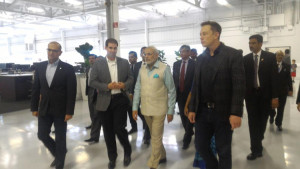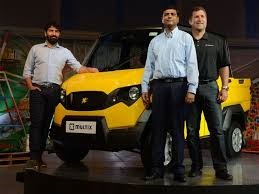 E-commerce giant Amazon.com is taking lessons learnt from its daily battles with India’s choked roads and cramped cities to some of its largest developed markets, exporting a model of cheaper deliveries and reduced warehousing costs.
E-commerce giant Amazon.com is taking lessons learnt from its daily battles with India’s choked roads and cramped cities to some of its largest developed markets, exporting a model of cheaper deliveries and reduced warehousing costs.
Online shopping is booming in India, where millions of consumers are newly able to access the Internet thanks to cheap smartphones. For Amazon, it is already the largest contributor of new customers outside the United States.
But, like local rivals Flipkart and Snapdeal, Amazon has struggled with deliveries in cities where snarl-ups are frequent and road signs unreliable. In response, firms have set up logistics networks and use motorbikes instead of trucks.
Flipkart, for one, has tapped Mumbai’s dabbawalas, a more than a century-old lunch box distribution service.
More than two years on from its arrival in India, Amazon says it is now ready to apply some of the innovations applied here to markets including the United States, Mexico and Brazil.
Britain, for example, could get a delivery service called Easy Ship, where orders are picked up by Amazon’s crew directly from sellers, cutting out the time and cost of sending goods to a warehouse and the need for more space.
E-commerce in India could grow to $137 billion by 2020 from $11 billion in 2013, says Morgan Stanley, and firms like Amazon, local market leader Flipkart and rival Snapdeal, backed by Japan’s SoftBank, are fighting for a bigger share.
Speedy and cheap delivery is critical to winning over customers in a cut-throat industry, where heavy discounts mean firms are already burning through substantial cash to grow.



